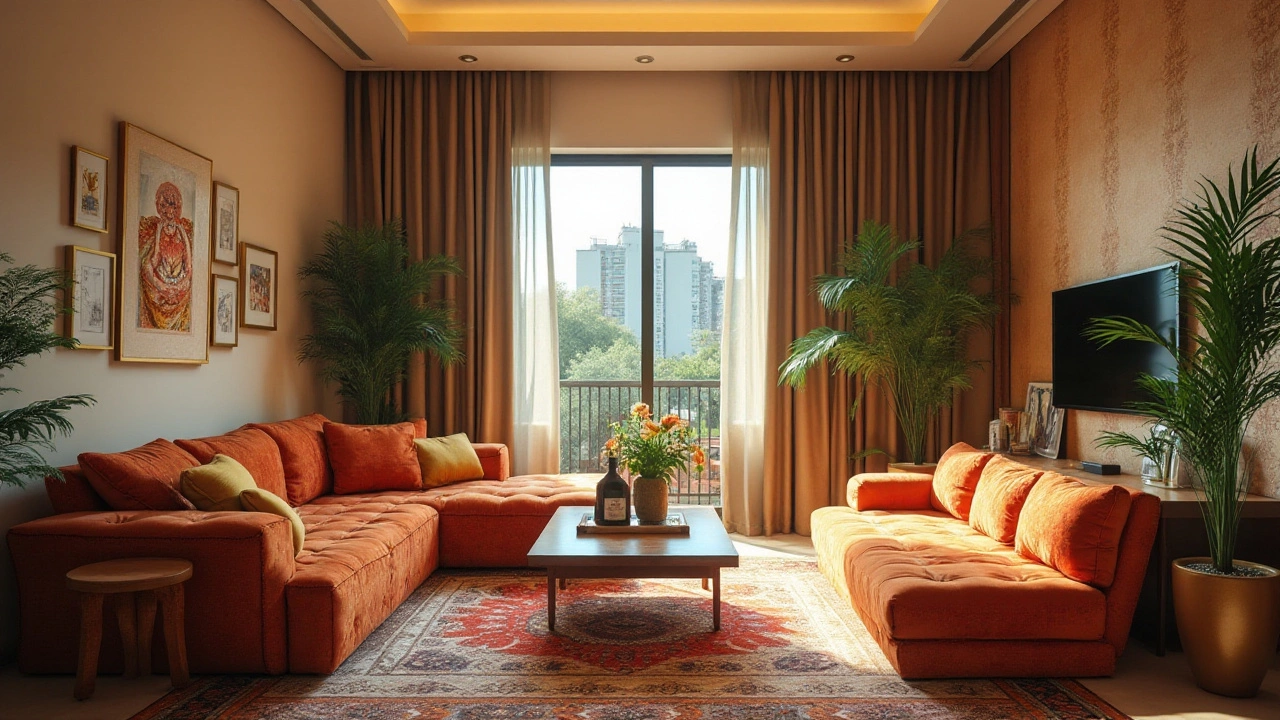Looking for a place to call home? The first step is figuring out what kind of housing actually matches how you live. From compact 2BHK apartments to spacious villas, each type has its own pros, cons, and price tag. Below we break down the most common formats, point out the key differences, and give you practical tips to choose wisely.
2BHK flat – Stands for two bedrooms, a hall, and a kitchen. It’s the go‑to for small families or couples who need a separate sleeping space and a living area. You get enough room for a couch, TV, and a dining table without feeling cramped. Usually the layout is open‑plan, so the hall and kitchen flow together.
3BHK and larger – Add another bedroom (or two) and you’re looking at space for kids, a home office, or a guest room. The hall gets bigger, and you often find a dedicated dining area. Price per square foot goes up, but the extra room can save you from moving later.
2DK – Common in Japan, this means two rooms, a dining/kitchen area, and no separate living room. It’s perfect if you want a minimalist setup or plan to spend most time outside the house. You’ll need to be comfortable with a combined living‑dining space.
LDK – Stands for Living, Dining, Kitchen. An LDK layout is popular in Asian apartments and usually refers to a larger open space that serves all three functions. It works well for entertaining because the kitchen flows right into the dining and living zones.
Studio or 1RK – One room that serves as living, sleeping, and kitchen area, plus a separate bathroom. Ideal for students, single professionals, or anyone on a tight budget. Storage can be a challenge, so think about built‑in closets.
Villa – A standalone house with its own plot, often with a garden, parking space, and more privacy. Villas are great if you value outdoor space, want a backyard for kids or pets, and don’t mind higher maintenance. They usually cost more per square foot and may be located in gated communities.
Townhouse – A row house that shares walls on either side but has its own entrance and sometimes a small yard. Townhouses strike a balance between the privacy of a villa and the affordability of an apartment. Many come with amenities like a community gym or security.
Apartment – Units within a larger building. You get shared facilities (gym, pool, lift) and often lower maintenance fees because the building manager handles common areas. Apartments are best for city dwellers who want convenience and don’t need a large plot.
When deciding, ask yourself: How much outdoor space do you need? Are you okay with shared walls? What’s your budget for upfront cost vs monthly maintenance? Answering these helps you narrow down the type that fits both your wallet and lifestyle.
Finally, visit a few properties in person. Walk through the hallway, open the kitchen cabinets, and picture where your furniture would go. If a space feels right, chances are you’ve found the right housing type.
Remember, the best home isn’t the most expensive one – it’s the one that matches how you live today and how you plan to live tomorrow.

T4 apartments, often equated with 2BHK layouts in certain regions, are a significant part of housing nomenclature, especially in European contexts. These apartments offer distinct space arrangements that typically include four separate rooms, accommodating a balanced blend of living and personal spaces. This article delves into the architecture and design of T4 apartments, highlighting their unique features and advantages. It also offers practical tips for decorating and optimizing these spaces tailored for both individuals and families.